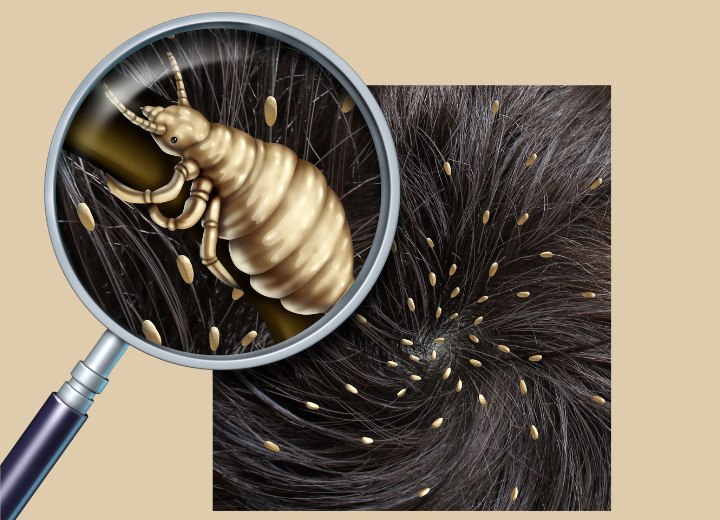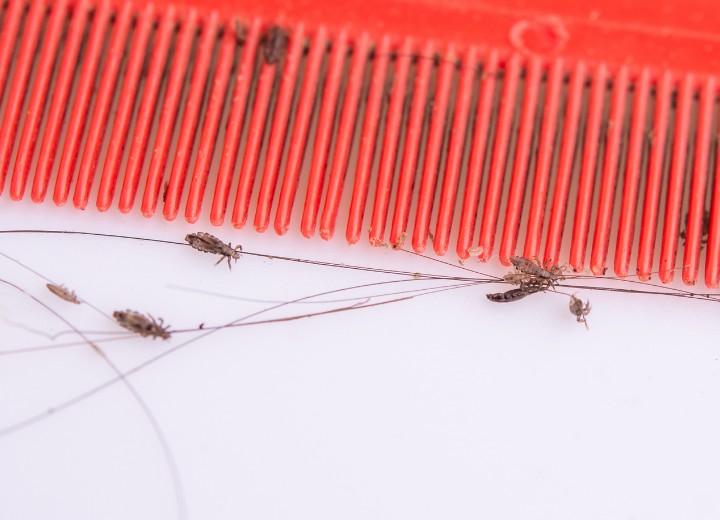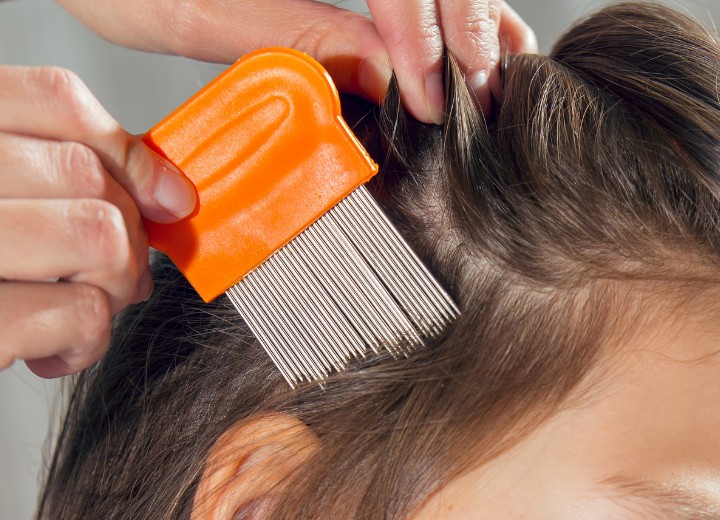Head Lice Treatments

Children are generally involved in numerous activities in addition to school, and any one of these could lead to cross-contamination. Moreover, lice are becoming resistant to many over-the-counter drugs available currently. When the treatment isn't used correctly and the head isn't fully rid of lice, the pests become stronger.

So, what exactly is it about head lice that makes our skin crawl? It may have something to do with the life cycle of these little bugs. Nits, also known as eggs, can only be laid by adult female lice. They can only move to a new host by crawling, as they cannot jump or fly. Once on the new host, the lice feed on their host's blood. After the nits are laid, it takes only 7-10 days for them to hatch; at this point, the young louse will appear silver in color. As it begins to feed on blood, the louse turns reddish-brown, and after 7-10 days, a female is mature enough to lay more eggs.
The good news is that a louse can only live for about 30 days. The bad news? In that 30-day lifespan, one louse can lay up to 100 eggs. And trust me, a typical head lice infection contains more than one female louse. Do the math; it's scary, isn't it? So, let's discuss preventing the infestation before the nits hatch.
The first step is acknowledging the problem. Nits are smooth, oval-shaped balls attached to the side of the hair shaft. They can be off-white or brown and are slightly smaller than sesame seeds. Their consistent shape helps distinguish them from other small abnormalities found in the hair. Removing nits may be the easiest way to rid your child's locks of lice. This can be done with a very fine-toothed head lice comb specifically designed for this purpose, along with a lot of patience and meticulous work.

Preventing an infestation is the easiest way to get rid of lice. Teach children not to share clothes or combs with friends at school. If someone in the home does come down with lice, the safest and easiest method to prevent cross-contamination after removal is to vacuum, including fabric-covered furniture, stuffed animals, and carpets. Nits and lice can only survive off their human hosts for approximately 24 hours. Many times, nits that are displaced from the head may not even hatch, as they lack the warmth they need to incubate or the blood they need for their first meal.
Now that you know all about lice, consider yourself a nitpicker and wear your badge proudly.